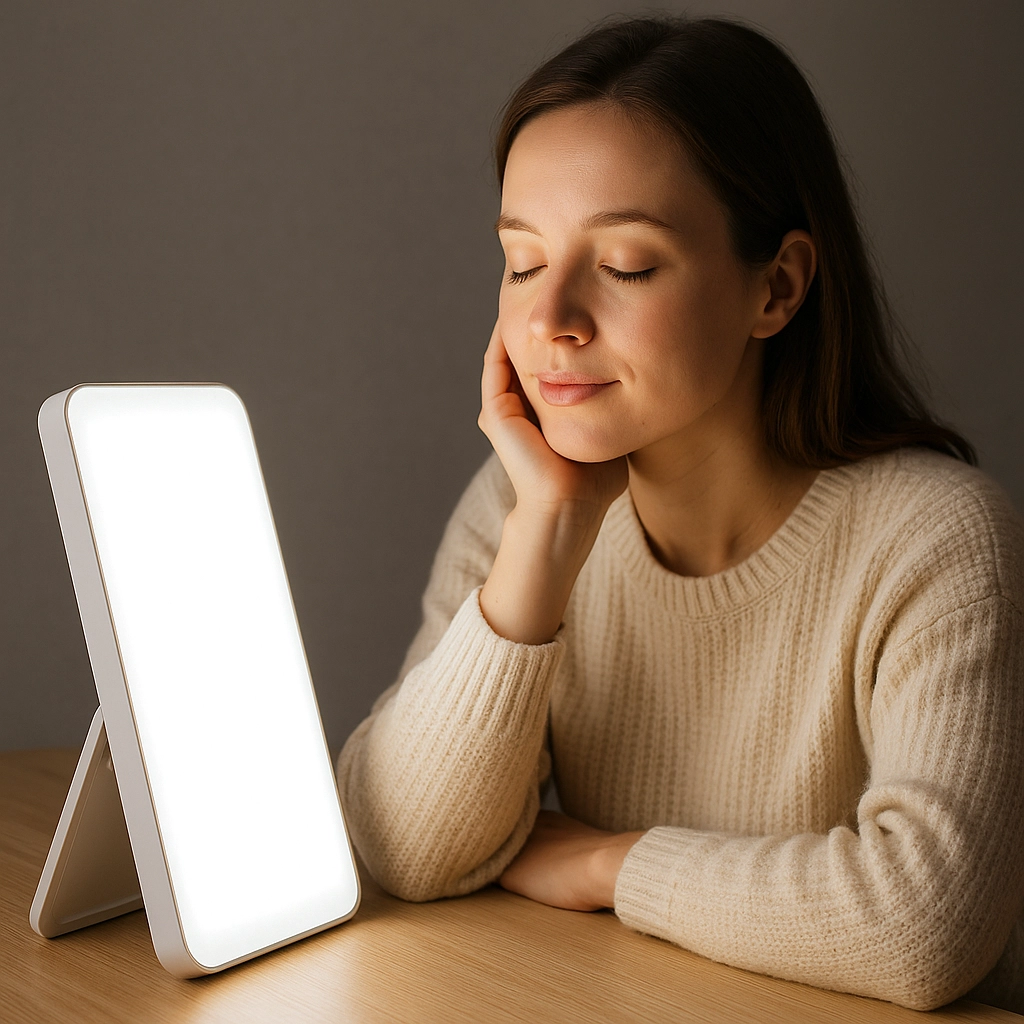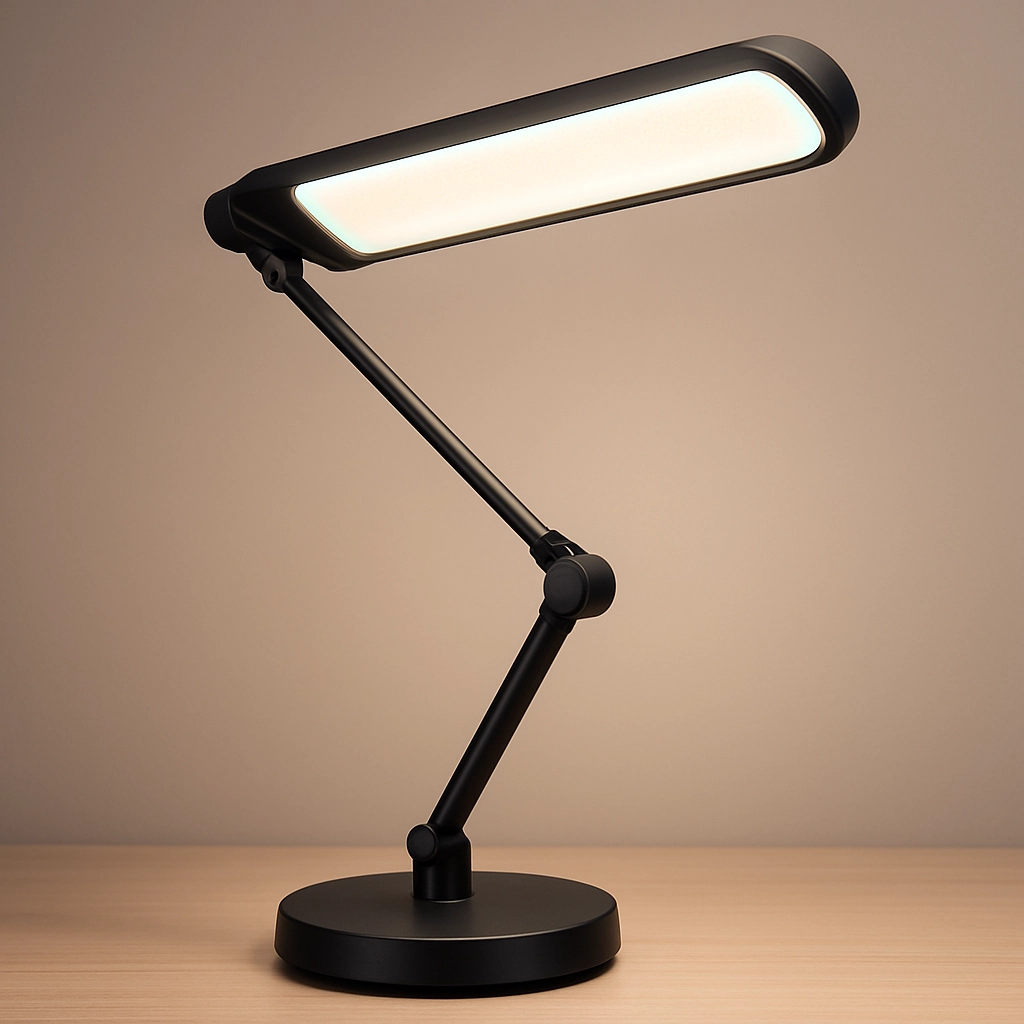
Seasonal Affective Disorder (SAD) affects millions each winter. The good news: targeted LED light therapy can reset your internal clock, boost serotonin, and help you feel brighter-even on the darkest days.
1. What Is SAD?
Seasonal Affective Disorder (SAD) is a form of depression that typically occurs when exposure to natural daylight decreases-most often in the darker months, but it can happen anytime light levels drop. People with SAD may feel persistently tired, low, or unmotivated, and find it hard to get out of bed or stay focused. Common symptoms include low energy, sleeping more than usual, increased cravings for carbohydrates or sweets, withdrawal from social activities, and noticeable mood shifts such as irritability, sadness, or loss of interest in daily life.
SAD is not just "winter blues", it's a real medical condition that can affect anyone, even those living in milder climates or spending long hours indoors. It's believed to result from the disruption of your body's internal clock (circadian rhythm) due to insufficient light exposure, leading to changes in serotonin and melatonin levels that influence mood and sleep patterns.
2. How Light Therapy Works
Light therapy is a proven way to counteract the effects of reduced daylight and help restore your natural rhythm. Using a high-intensity LED light panel (typically providing 5,000 to 10,000 lux), this method mimics the brightness of a sunny morning-even on cloudy days or indoors.
When you sit near a light therapy panel for about 20-30 minutes after waking up, the bright light signals your brain to suppress melatonin (the hormone that makes you feel sleepy) and kickstarts the release of mood-boosting neurotransmitters like serotonin. This helps reset your circadian clock, boosts energy, sharpens focus, and can lift your overall mood.
Most experts recommend sitting with your eyes open, facing the light (but not staring directly at it) while you read, eat breakfast, or work at a desk. The panel should be placed slightly to the side and above eye level, at a distance recommended by the manufacturer (usually 16-24 inches).
Modern LED therapy panels are flicker-free, energy efficient, and last for years-making them a convenient, safe, and drug-free option for managing mood and energy, especially during times of less natural light.
3. Daily Light Therapy Routine
- Timing: 20-30 minutes within one hour of waking.
- Placement: Panel at eye level, 12-18 inches away.
- Consistency: Use daily from October-March.
4. Choosing a Light Therapy Panel
- Intensity: 10,000 lux at proper distance.
- UV Free: Look for UV-filter or no UV emission.
- Adjustable Angles: Tilt and height options for comfort.
5. Product & Setup Recommendations

Delivers full-spectrum, UV-free light at 10,000 lux. Ideal for daily morning sessions to reset your circadian rhythm. Recommended: Verilux HappyLight Touch or NatureBright SunTouch Plus.

Gradually increases warm light before wake-up time to mimic sunrise and gently energize you. Recommended: Philips Wake-Up Light or Lumie Bodyclock Go.

Provides bright, glare-free light without UV exposure. Perfect for midday mood boosts at your workspace. Recommended: Carex Day-Light Classic or TaoTronics TT-DL19.
Setup Tips
- Position your therapy panel at eye level, about 12-18 inches away.
- Use the dawn simulator 30 minutes before your desired wake time.
- Combine light therapy with a morning walk for maximal benefit.
- Avoid looking directly at bright LEDs-use peripheral vision instead.
More in the Health Zone
Frequently Asked Questions
Ask a Question
All questions are reviewed before publishing.
